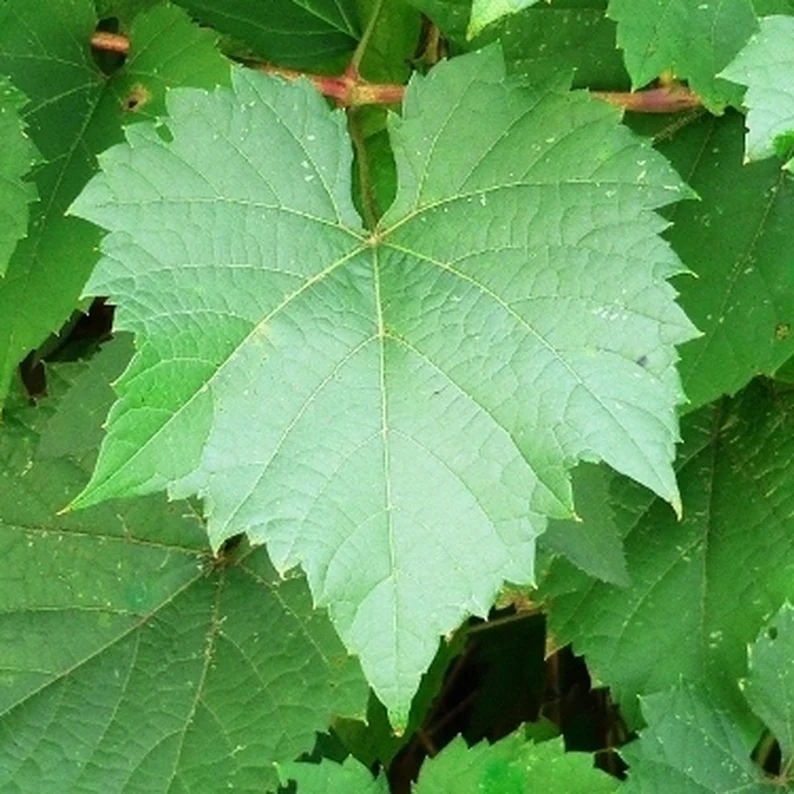Post harvest applications are essential as studies have shown that nearly 30% of all nutrients for the entire season are taken up at post harvest providing essential nutrients to help get the crop through the winter and ready for spring.
This is a window of opportunity that cannot be ignored even given the rigorous demands of the harvest season. Nut trees, grapes and other perennials all greatly benefit from post harvest applications. For example, nut trees push essential elements from leaves to buds or the woody tissues of the plant including the rhizosphere before and during senescence. In the spring, buds will have the energy to begin production before roots can contribute nutrients from the soil. In addition, trees are more prepared for tolerating the colder winter weather.
We promote post harvest foliar fertilization as it complements what the trees are already doing – pushing nutrients to the buds and woody tissues so the crop has the available vigor for spring growth.
Zinc and Boron are both elements that are necessary for what we call “book end” applications – apply in early spring and late fall. Zinc, phosphorus, boron, and molybdenum, affect fruit set directly given their roles in pollen development, viability, germination, and tube growth. Fall-applied foliar zinc is known to increase winter hardiness and spring cold tolerance via the protective effects of zinc on cell membranes. Boron is essential for flower fertilization and fruit set. Fall-applied foliar boron has been shown to be more effective for fruit set than pre-bloom or bloom applications. ZincMax is a unique product from NutriAg supplying both of these essential micronutrients. ZincMax comes in both conventional and organic forms.
Nitrogen is also very important to early spring growth as it gets remobilized in spring from the woody tissues of the tree. NPK Lite (12-0-1) can be applied via foliar spray or fertigation and is an organic product..
Finally, compost teas applied via the drip or fertigation system bolsters nutrient uptake and provides additional winter protections and energy for the spring. Applying compost tea immediately following harvest can help to “lock in” nutrients, preventing their loss to the atmosphere via respiration. The massive input of microbes perform their work on the residual organic matter, accelerating and enhancing decomposition. The net impact is improved soil health and as a result of the uptake, essentially “free” nutrients are available for next season’s crop. We recommend MetaGrow ST Compost Tea.
Andaman Ag crop formulations offer unique combinations of organic products that are designed to improve soil health, resulting in increased crop quality and yields. I’m happy to talk more with you about our sustainable and organic growing practices.




